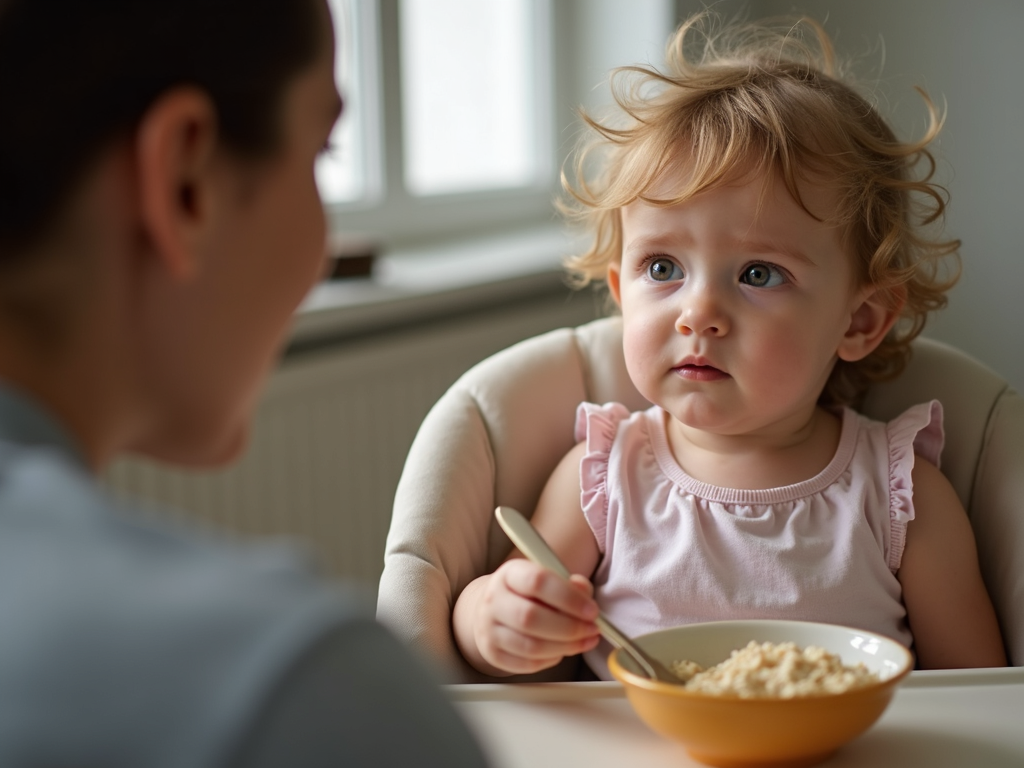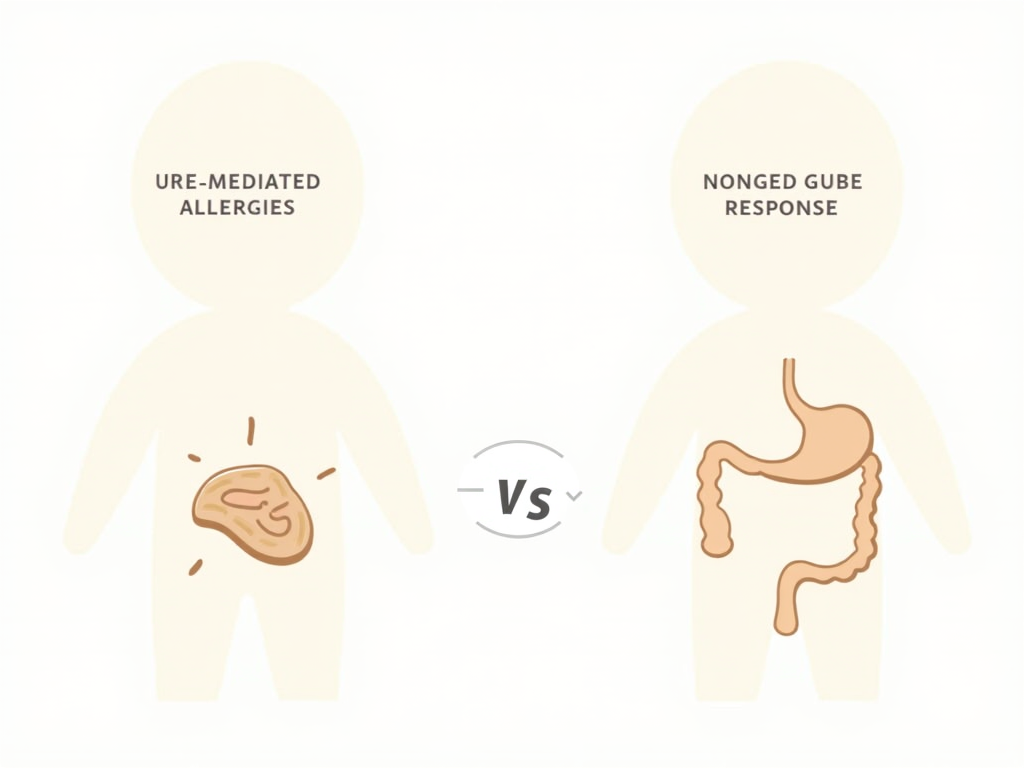Chronic FPIES, or Food Protein-Induced Enterocolitis Syndrome, is a rare food allergy that affects infants and young children. Unlike typical allergies with instant reactions, its symptoms show up hours later. This delay makes it tough to spot and manage, often leaving parents worried and confused.
Understanding Food Allergies in Children is key when it comes to Chronic FPIES. Most people know allergies that cause hives or breathing trouble right away. But Chronic FPIES is different—it’s a non-IgE mediated allergy. That means it doesn’t involve the usual allergy antibodies. Instead, it hits the digestive system, causing delayed and sometimes scary symptoms.

Symptoms of Chronic FPIES
The main sign of Chronic FPIES is repeated vomiting, starting one to four hours after eating a trigger food. Other symptoms can include diarrhea, tiredness, and even dehydration or shock in bad cases. Since it doesn’t cause rashes or wheezing, doctors might miss it at first. Picture your child throwing up hours after a simple meal like rice—it’s a clue something’s off.
Common trigger foods include cow’s milk, soy, rice, and oats. These are often early foods for babies, which makes it harder to figure out what’s causing the problem. I’ve seen parents shocked to learn that a ‘safe’ food like rice could be the culprit. Knowing these triggers is a big step in managing chronic FPIES and food allergies.

How Doctors Diagnose It
There’s no single test for Chronic FPIES, which can make diagnosis a puzzle. Doctors look at your child’s history and symptom patterns. Sometimes, they do a supervised food challenge—giving the food in a safe setting to watch what happens. Kids often get labeled with stomach bugs or other issues before the real cause clicks.
As a parent, this process can feel endless. I remember a friend who took her son to multiple doctors, watching him suffer without answers. That rollercoaster of hope and worry is real. But don’t give up—working with a specialist can finally bring clarity.

Managing Chronic FPIES
The best way to handle Chronic FPIES is to avoid the trigger food completely. This isn’t always easy, especially with everyday ingredients like milk or soy. A pediatric allergist and dietitian can build a safe meal plan for your child. You’ll also want an emergency plan, since reactions can get serious fast. Check out this guide from the American Academy of Allergy, Asthma & Immunology for practical tips.
It’s not just about food, though. The emotional side matters too. Finding other parents who get it—like through the International FPIES Association—can lift a huge weight off your shoulders. You’re allowed to feel stressed, but support is out there.

What Research Says
New studies are digging into how Chronic FPIES works. Experts think it’s tied to a T-cell immune response in the gut, not the usual allergy pathways. They’re also hunting for markers to make diagnosis easier. This National Institutes of Health study dives deeper into these findings. It’s exciting progress that could change how we tackle FPIES.
Still, the condition can be unpredictable. A food might seem fine one day and cause chaos the next. That’s why teaming up with allergy experts is so important—they can tailor advice to your child’s unique situation.

Tips for Everyday Life
Tell family, babysitters, and teachers about Chronic FPIES. Keep it simple: 'Certain foods make my child sick hours later with vomiting and diarrhea. We need to watch what they eat.' Most kids outgrow it by age three or four, but some take longer. Regular check-ins with your doctor can track when it’s safe to try those foods again.
Here’s a quick list to stay on top of it: - Know the triggers: Milk, soy, rice, oats are common. - Watch the clock: Symptoms hit one to four hours later. - Have a plan: Keep emergency contacts handy. - Stay connected: Lean on support groups.
Wrapping Up
Chronic FPIES is tough, but you can handle it with the right tools. Learn the signs, team up with doctors, and tap into new research to help your child feel better. You’re not in this alone—there’s a whole community rooting for you and your little one.
Discuss Here